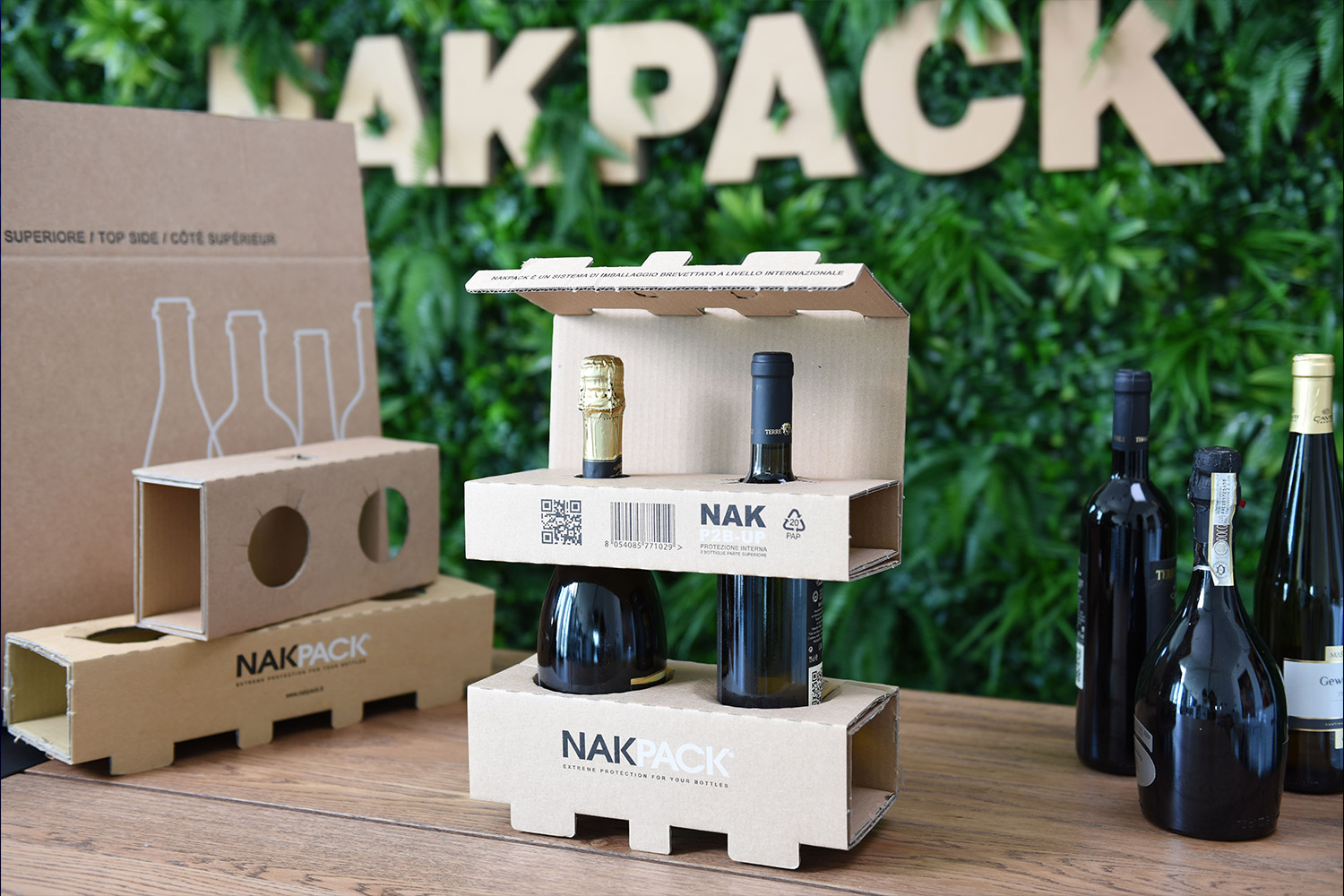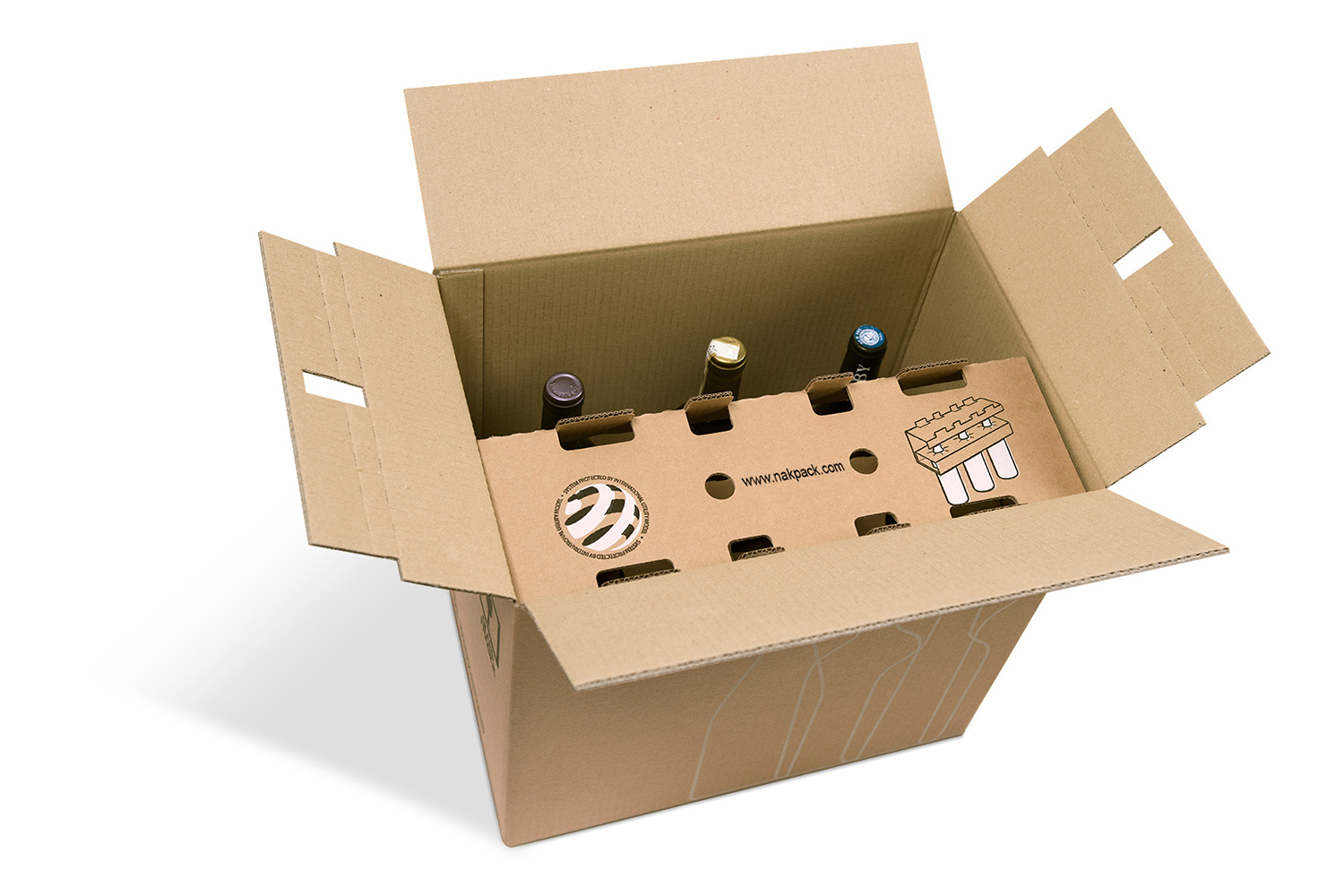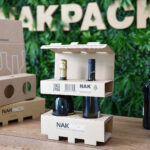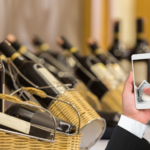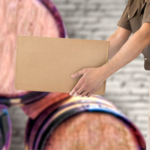Shipping bottles has become a common practice for wine producers and shops, such as sending samples before and after trade shows or processing eCommerce orders. However, there is a downside to this practice: the impact it has on the environment.
The use of non-sustainable packaging can cause a significant amount of waste that adds to the greenhouse gas emissions generated by their transport.
In this article, we will explore the role of packaging choices and provide 4 practical tips to reduce the environmental impact of wine bottle shipments.
Ready? Let’s go! 🚀
The role of packaging choice in the sustainability of wine bottle shipments
Packaging has a significant impact on the environment, both during its production process and disposal.
Plastic and polystyrene packaging, for instance, require a lot of energy and resources for production and can take hundreds of years to degrade. Polystyrene is made up of a mixture of gas and expanded polystyrene (EPS), which is derived from a non-renewable source: oil. The EPS production process requires the use of hydrocarbons and the production of greenhouse gases, including carbon dioxide.
Polystyrene is a material that takes many years to degrade and can cause damage to the environment and surrounding ecosystems when disposed of improperly. For instance, when polystyrene packaging is abandoned in the environment or the sea, it can become dangerous to marine and terrestrial fauna, which may ingest or become trapped in it. According to a UNEP report from 2016, about 100,000 marine mammals and one million seabirds die every year due to plastic waste ingestion, including polystyrene.
Therefore, it is crucial to choose sustainable packaging and reduce the environmental impact of wine bottle shipments.
A possible solution is to use Nakpack bottle packaging, which offers the maximum protection of bottles during transport, using only cardboard.
Practical tips to reduce the environmental impact of wine bottle shipments
If you’ve made it this far, chances are you want to contribute to the planet and find a way to make your bottle shipments less impactful.
So here are 4 tips to reduce the environmental impact of bottle shipments.
1. Using the Nakpack bottle packaging
NakPack is made entirely of cardboard, Plastic Free certified, and designed to minimize the use of resources. The company also commits to planting a tree with Treedom for every new customer, with the aim of creating a real forest in Kenya and supporting local communities.
The patented system provides reliable protection for bottles during transport, with a risk of breakage and waste of just 0.003%.
2. Reducing the weight of shipments
Reducing the weight of shipments can help to reduce greenhouse gas emissions and fuel consumption, contributing to preserving the environment.
Firstly, the producer could opt for lighter bottles, which also require fewer resources for their production. A study by the University of Siena has indeed shown that for every gram of glass produced, an equivalent gram of CO2 is dispersed into the environment. Slow Food emphasizes that wine packaging alone accounts for 25-35% of a winery’s overall greenhouse gas emissions, and the majority of this share is attributable to the weight of the glass.
Another way to reduce the weight of shipments is to use less bulky and lighter packaging such as cardboard, instead of wooden boxes or other heavier materials. This reduces the total weight of the shipment without compromising the protection of the bottles during transportation.
3. Consolidate orders to reduce the number of shipments
It is obvious that fewer shipments can help reduce greenhouse gas emissions and fuel consumption, protecting the environment.
To reduce the environmental impact of wine bottle shipments, producers can adopt various strategies. One of these is order consolidation, which involves collecting multiple orders in a single shipment.
How?
For example, you could encourage your customers to order rationally, planning purchases in order to reach a minimum threshold of bottles per order.
You could also offer promotions for multiple purchases or provide a subscription system that allows customers to receive bottles in a single periodic shipment.
Another strategy for order consolidation is to work in synergy with other companies in the sector, such as distributors or online wine shops. In this way, higher shipping volumes can be achieved, reducing the overall number of shipments required.
In any case, order consolidation requires careful planning and organized logistics, but it can bring significant advantages in terms of environmental sustainability and cost optimization. Another positive effect not to be underestimated is that better order planning can also improve the customer experience, ensuring faster delivery times and more efficient service.
4. Use means of transport with low environmental impact
In this case, it is difficult to give a single suggestion that is valid for everyone, as the options for choosing low-impact transportation methods for a wine producer who needs to ship bottles depend heavily on the geographical area of departure and arrival.
However, there are some options that could be adopted to reduce the environmental impact of shipping wine bottles.
4.1 Road transport
In the case where only road transport can be chosen, the choice should be directed towards low-impact transportation methods, such as hybrid or electric vehicles.
4.2 Rail transport
A less polluting solution than the previous one is rail transport, as it requires less fuel per kilometer per ton of cargo transported. In addition, railways can use renewable energy sources to power their trains, further contributing to reducing the environmental impact.
4.3 Sea transport
If the bottles need to be shipped over long distances, sea transport could be a good option. Cargo ships have a significantly larger cargo capacity than other means of transportation, which means they can transport more goods with fewer trips. Additionally, some cargo ships are transitioning to alternative energy sources such as LNG (liquefied natural gas) to reduce greenhouse gas emissions.
4.4 Air transport
Although air transport is fast and reliable, it is also the most polluting way to transport goods. However, some airlines are working to reduce their greenhouse gas emissions through the use of biofuels and reducing the weight of their planes.
Conclusion
In conclusion, choosing sustainable solutions for wine bottle shipments is a fundamental step towards reducing the environmental impact of the wine industry.
NakPack bottle packaging is an ideal option for wine shops and producers who want to reduce the environmental impact of their shipments without compromising the quality and integrity of the bottles during transport.
By using Nakpack bottle packaging and adopting practices such as limiting shipment weight, consolidating orders, and using low-impact transportation methods, it is possible to significantly reduce the environmental impact of wine bottle shipments.
This is a small step towards a big goal.

